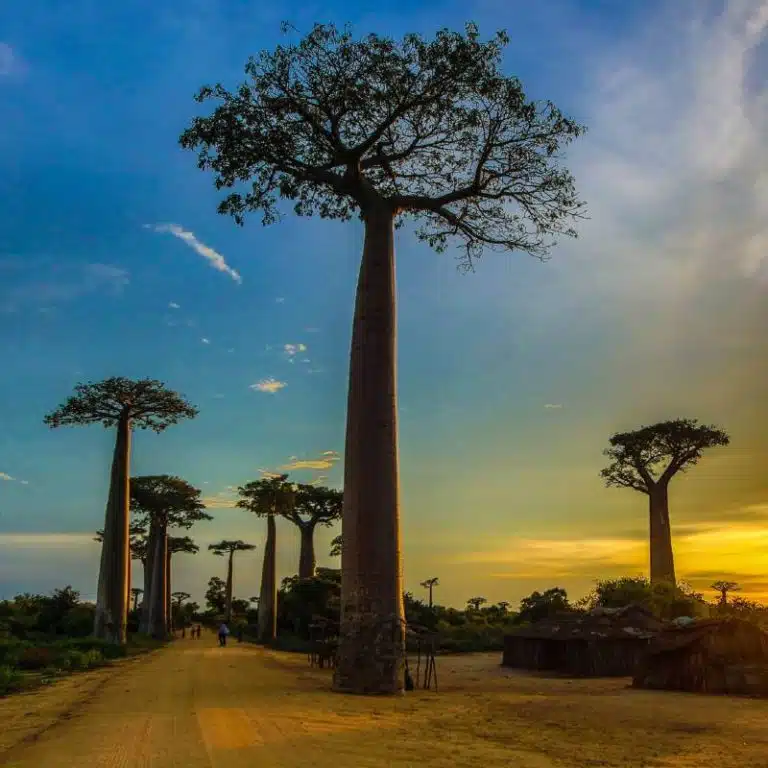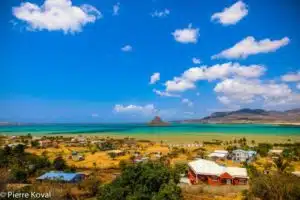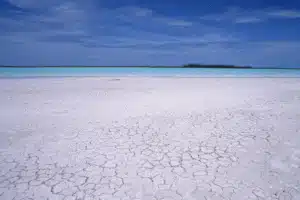Discover Morondava and its Avenue of Baobabs
The city of Morondava is known for its famous Baobab Alley. Most tourists passing through this city inevitably offer themselves as a souvenir for magnificent photo shoots on this alley. It must be said that these majestic trees in the south of the island provide a perfect backdrop for an idyllic journey to this exotic island that is Madagascar. If you want to complete your trip with unforgettable memories, a visit to the city of Morondava is a must, the same goes for demanding photo trips.
Avenue of the Baobabs, the most photographed site in Madagascar
The Baobab Alley is a true boulevard. The Avenue
Specifically, the hotel offers 8 cottages (1 to 3 Pax), 7 bungalows (1 to 2 Pax), 1 villa (1 to 7 Pax), a group accommodation (1 to 14 Pax), and a campsite (1 to 30 Pax). Each room is equipped with high-quality bedding, air conditioning, Wifi, TV, safe, and shower. The villas are equipped with a kitchen, while the campsite is equipped with comfortable tents.
The restaurant serves gourmet meals based on fresh seafood and “100% organic” products from the lodge’s farm. The hotel also features. A bar and a terrace to admire the sunset.
In addition to tourist services, environmental protection is at the heart of the lodge’s activities. Every year, reforestation projects are carried out in the region. Furthermore, the hotel offers its customers sustainable and responsible activities such as whale safaris, fishing tours, immersing in the daily life of fishermen, meeting lemurs living in the wild at the lodge, relocating lemurs to their natural habitat, excursions in the mangroves, trekking, bird watching, canoeing, visits to the salt mines… The reserve and the pristine mangrove forests offer one of the best places for Ornithological Travel.
Kirindy Private Reserve or Forest Reserve
This Reserve, located 60 km northeast of Morondava, covers approximately 12,500 hectares and is a protected area popular among scientists and travelers for its amazing wildlife. Kirindy is one of the few places in Madagascar where you are likely to see the Fossa (Cryptoprocta felix), the country’s largest predator, a puma- or dog-like creature with oversized ears and a strangely elongated body. Additionally, there are eight species of lemurs, the giant jumping rat, and numerous bird species.







